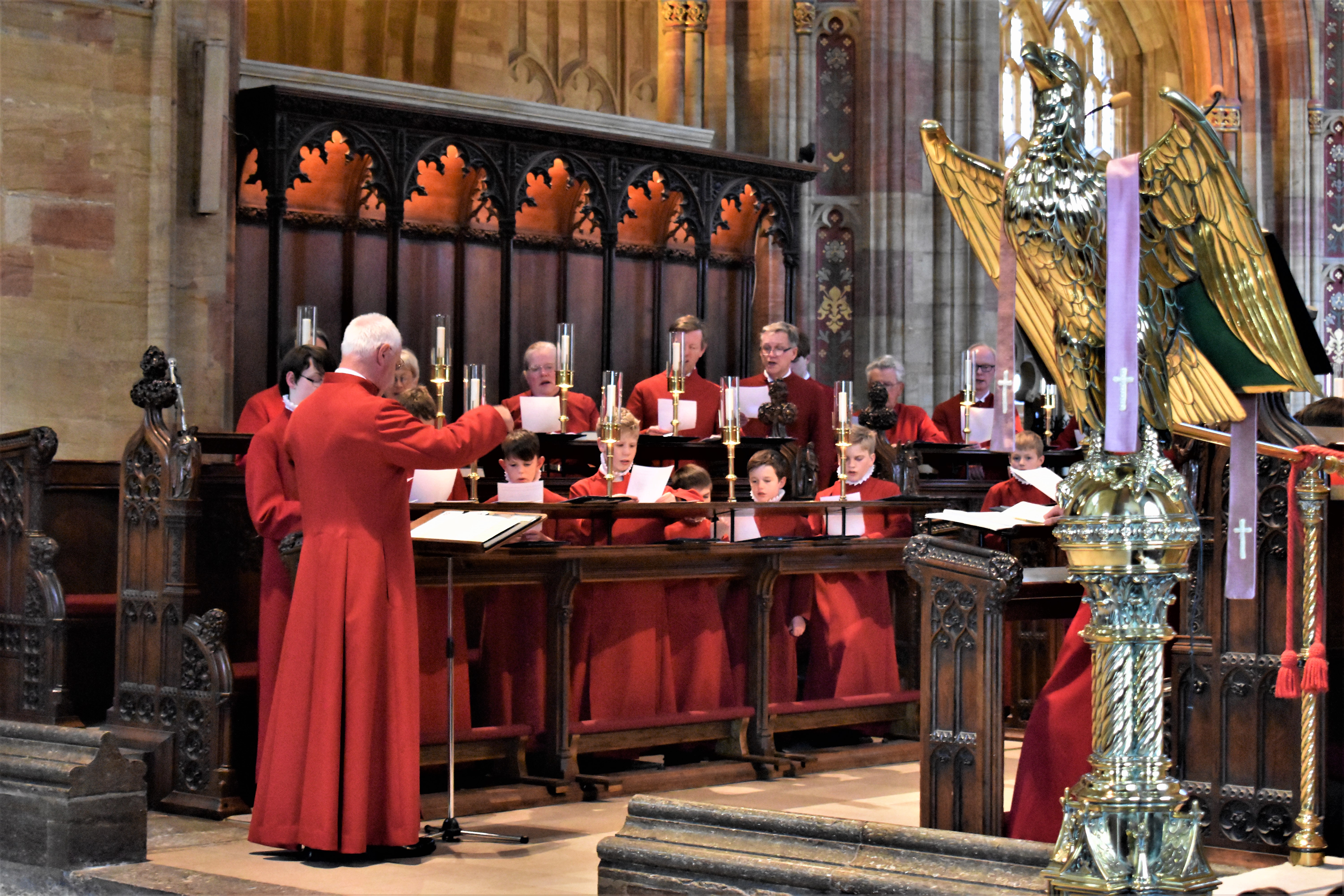[It’s Lent 2022, and I am writing each day about a sense of place. My previous post was about movie theaters as places to which we can escape. Today, a not-so-pleasant escape.]
A few years ago, we were in Bewdley, England looking for some family roots. We walked along the Severn River to a 1633 church where some of my forebears worshipped, and where we presume they are buried. In town, there was a small Riverside Market, complete with an organ grinder. Sadly, no dancing monkey. The village was quaint, nice shops, a museum, galleries, and pubs, and a picturesque railway station. As I looked through some of the photos I took, I ran across two images that really spoke to me in light of what’s happening in Eastern Europe as I write.
During World War 2, much of England suffered bombing from German aircraft. I can only image the fear of the citizens of London or little Bewdley where the air raid sirens screeched their warnings. To escape the bombardment, people rushed to shelters, some as large as underground railway stations; others so small they would accommodate only a family. Look at the shelter we found at a small museum. Imagine sitting on that bench for hours waiting for the all-clear. Or, waiting even longer. But it did provide escape for those fortunate enough to huddle there, consume some modest provisions, maybe play a game or read a book out loud to calm the children — or oneself.
During the Cold War in the 1950s and 1960s, some U.S. families had their own fallout shelters dug into backyards or buried in basements. The Civil Defense instructions offered suggestions for the well-equipped shelter, listing water, food (canned, dehydrated, or otherwise preserved), a radio and antenna, batteries, blankets, and…well, you know what you’d need. The moral dilemma of blocking entrance to any hapless neighbors (at gunpoint?) was debated hotly. Self-preservation versus sacrifice…no one I knew really wanted to ever face the situation. Having a shelter seemed to offer some degree of protection, but once the radiation had made it safe to emerge, what then? I’ll leave that nightmare to Netflix.
All this occurs to me as I watch the news of our global neighbors in the Ukraine packed into subway stations, cellars, any makeshift shelter available, to escape the carnage of war crimes. Their faces reflect fear, anger, frustration, confusion, sadness. How terribly frightening for the children, but not only for the young — for all who only weeks ago went about their daily lives doubting an invasion would actually occur. And now, shelter. Packed so intimately together in terror. Safely?
My mind goes to so-called “safe rooms” that the privileged/affluent have in their homes; and to storm shelters, like the one Dorothy missed climbing down in “The Wizard of Oz.” Or the bathtubs the desperate use to endure tornados.
When are any of us really, truly “safe?” Whistling bombs, raging winds. God, how my heart aches for those who live in such fear. There they are again on the nightly news. Huddled. Safe. For now. but scared, and scarred for life. 
I suppose we can all pray that someday such bomb shelters will be useful only for the curious who stoop into them in museums.


